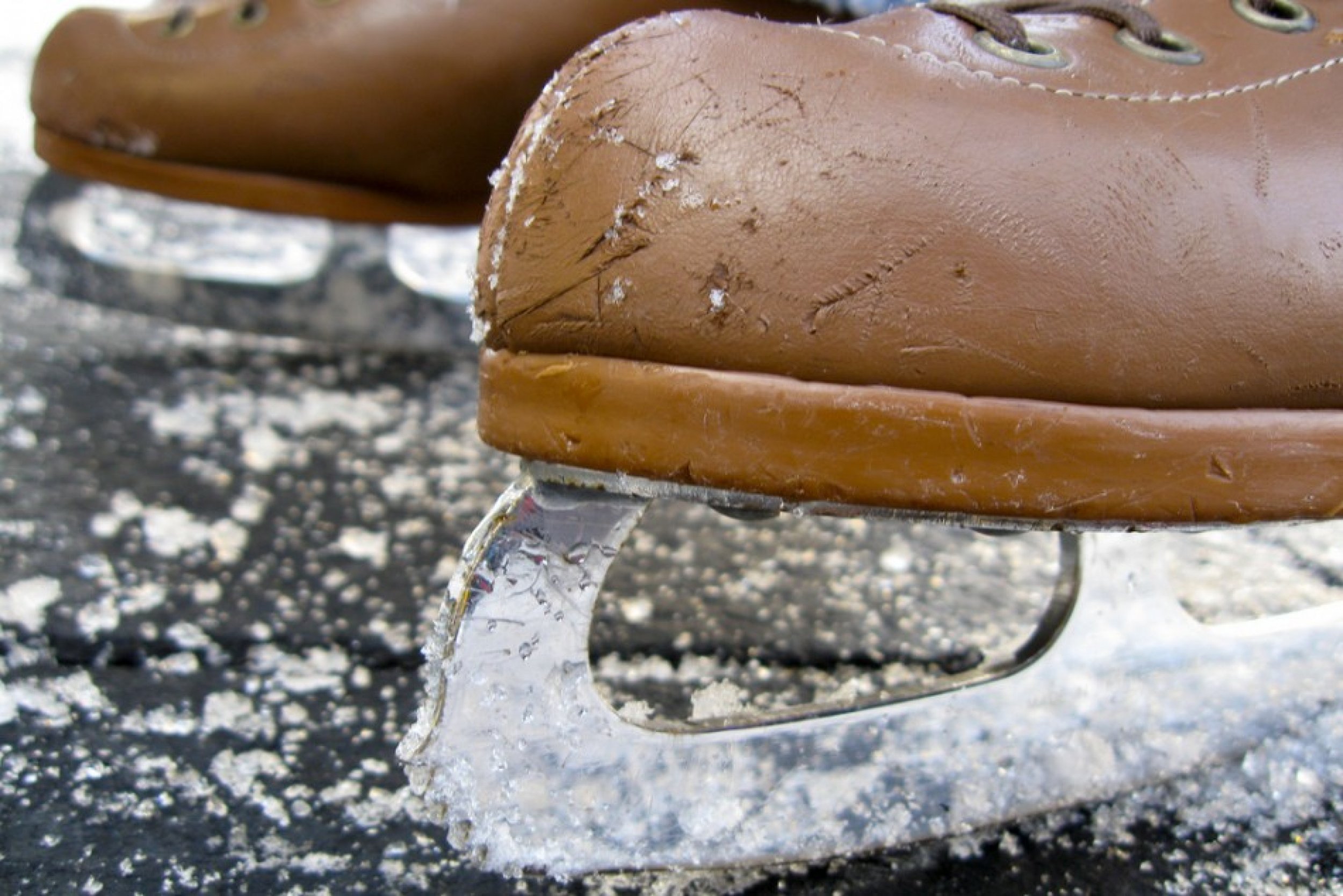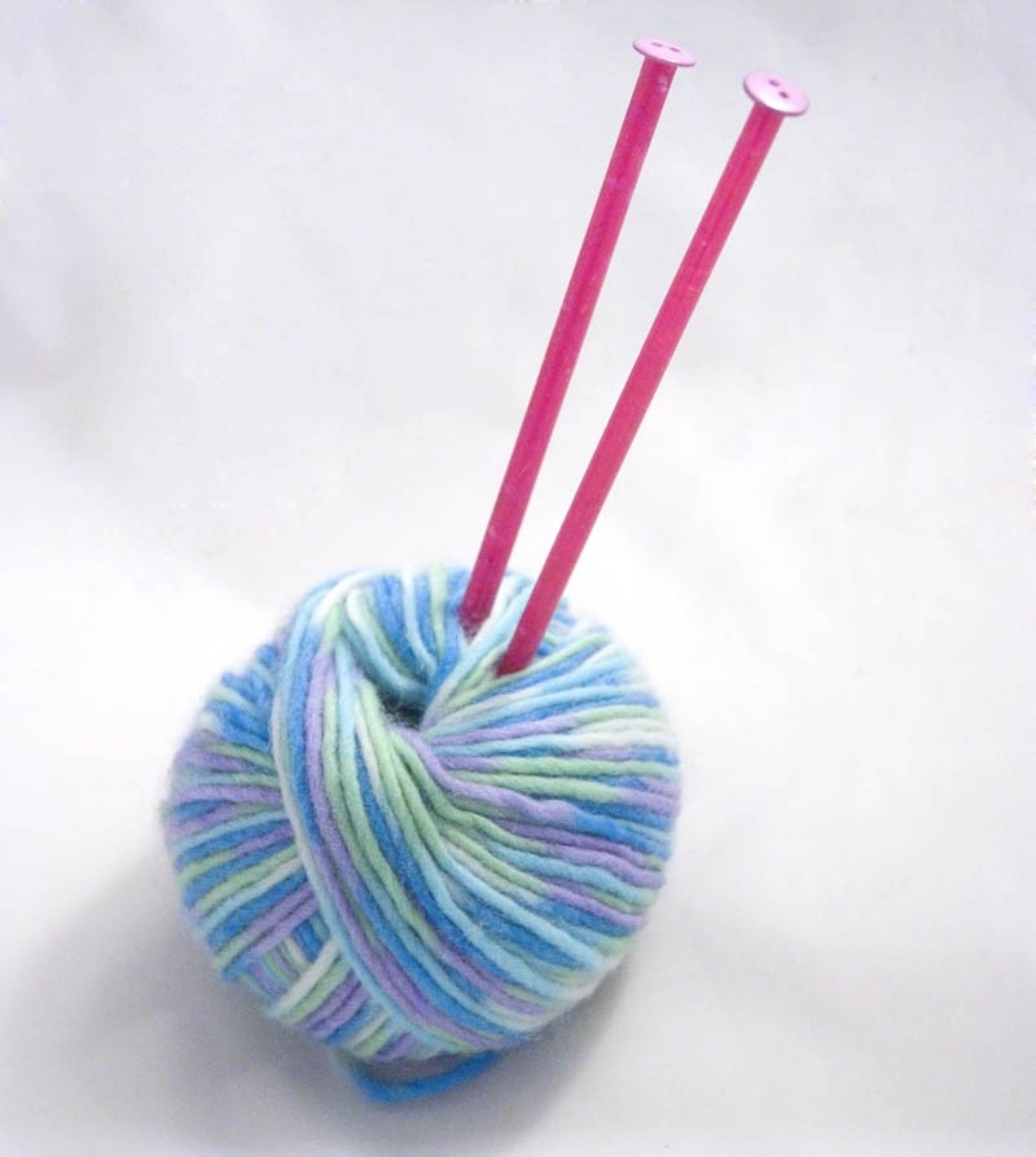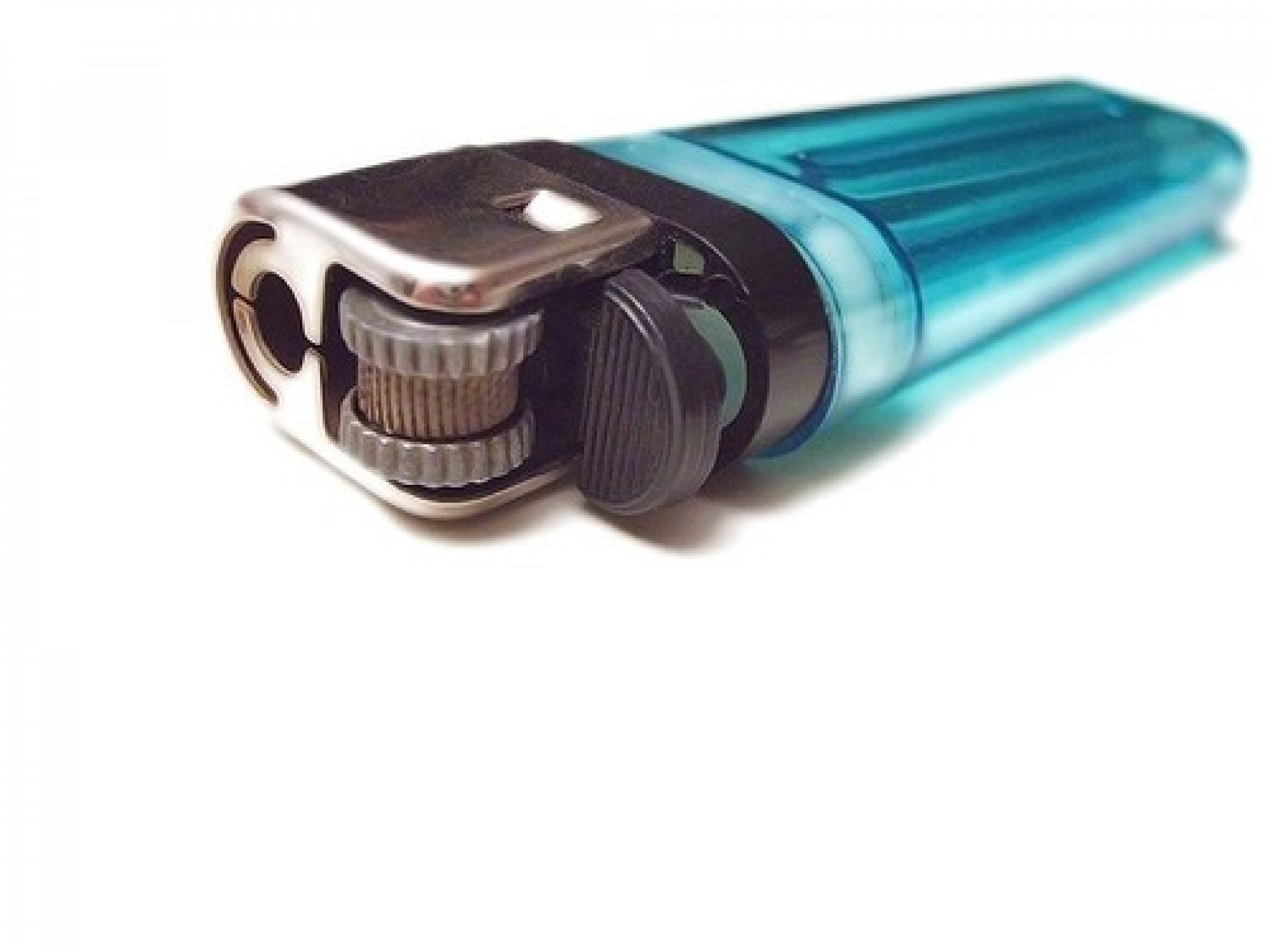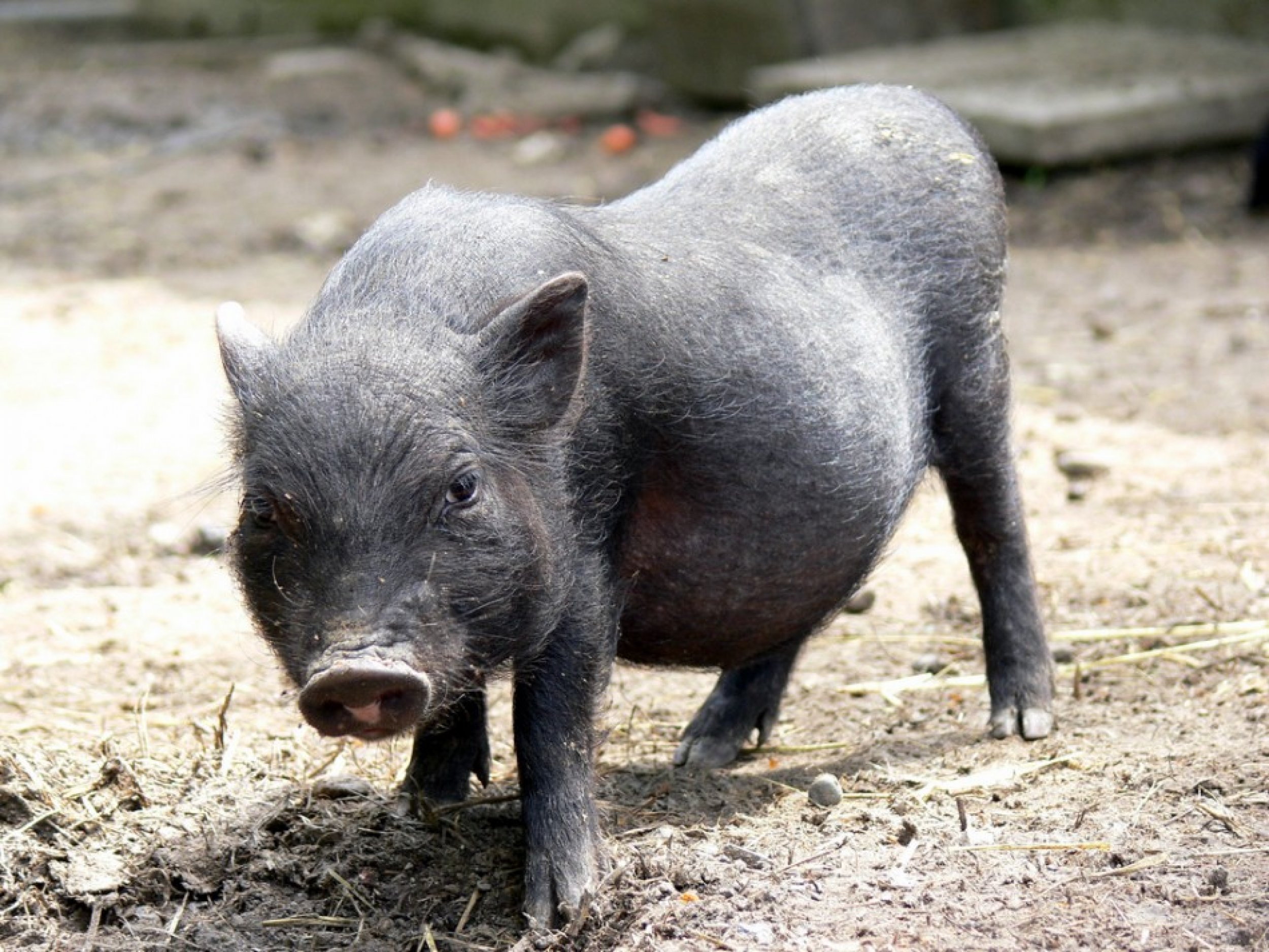10 Items You Didn?t Know You Could Take On An Airplane
The airport was once the most exciting window to the world. Now it's more like a war zone -- a place to be sniffed, searched, scolded, and scurried away.
Each week the Transportation Security Administration (TSA) makes headlines for handling situations inappropriately, from instituting revealing body scans to strip searching grandmas and leaving inappropriate notes in passengers' luggage. The list goes on.
In fact, the Web is buzzing with blogs dedicated to a whole array of airport gripes, most of which revolve around the screening process and the items we bring to the airport.
It's easy to forget that the TSA didn't even exist before 9/11. The now-ubiquitous organization was created in the wake of the terrorist attacks of Sept. 11, 2001, to strengthen the security of the nation's transportation systems by the Aviation and Transportation Security Act, passed by the 107th Congress in November of 2001.
Before 9/11, airport security was contracted out to private companies.
The TSA was formed to do three things: take responsibility for all modes of transportation; recruit, assess, hire, train and deploy security officers for 450 commercial airports from Guam to Alaska within 12 months; and provide 100 percent screening of all checked luggage for explosives by Dec. 31, 2002.
Now, 50,000 TSA officers screen nearly two million air travelers each day.
While so much has changed in America since the Sept. 11, 2001 terrorist attacks, arguably the greatest alteration to our way of life came in the way we travel.
Over a decade later, increased security at airports is commonplace, a certain lack of privacy is demanded, and we have given up many of our freedoms for the sake of that very word.
The TSA is constantly struggling to strike the right balance between what technology is capable of, and what the public is willing to accept.
Most of us, for instance, are still unclear what items we can and cannot take on an airplane -- and rightfully so. These rules are constantly changing with the times to meet the latest intelligence in Washington.
The great majority never, for example, imagined that someone could make liquid explosives until British police uncovered a gruesome plot to bring down up to 10 transatlantic airlines with them in 2006. Later that year the TSA limited the amount of liquids, gels, and aerosols we could bring in our carry-on luggage. The so-called 3-1-1 guidelines were a direct result of the perceived liquid bomb threat.
Bill Burns, the tongue-in-cheek writer and No. 1 TSA cheerleader at the helm of the agency's official blog, had this to say earlier this year when a woman tried (unsuccessfully) to board a plane with a cupcake stored in a frosting-filled jar.
What the [liquid bomb] plots and intelligence gathered from all over the world tell us is that unless Wile E. Coyote is involved, the days of the three sticks of dynamite with a giant alarm clock strapped to them are long gone. Terrorist have moved to novel explosives disguised as common, everyday items.
When you think about it, he added, do you think an explosive would be concealed in an ominous item that would draw attention, or something as simple as a cute cupcake jar?
So if we're not allowed to bring something as silly as a cupcake in a frosting-filled jar, what are we allowed to bring on a plane?
Press Start to have a look. The answers may surprise you.










© Copyright IBTimes 2024. All rights reserved.












